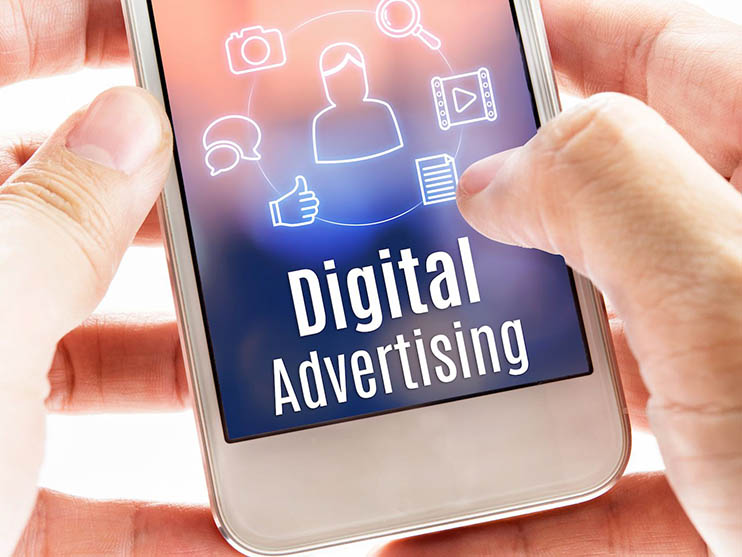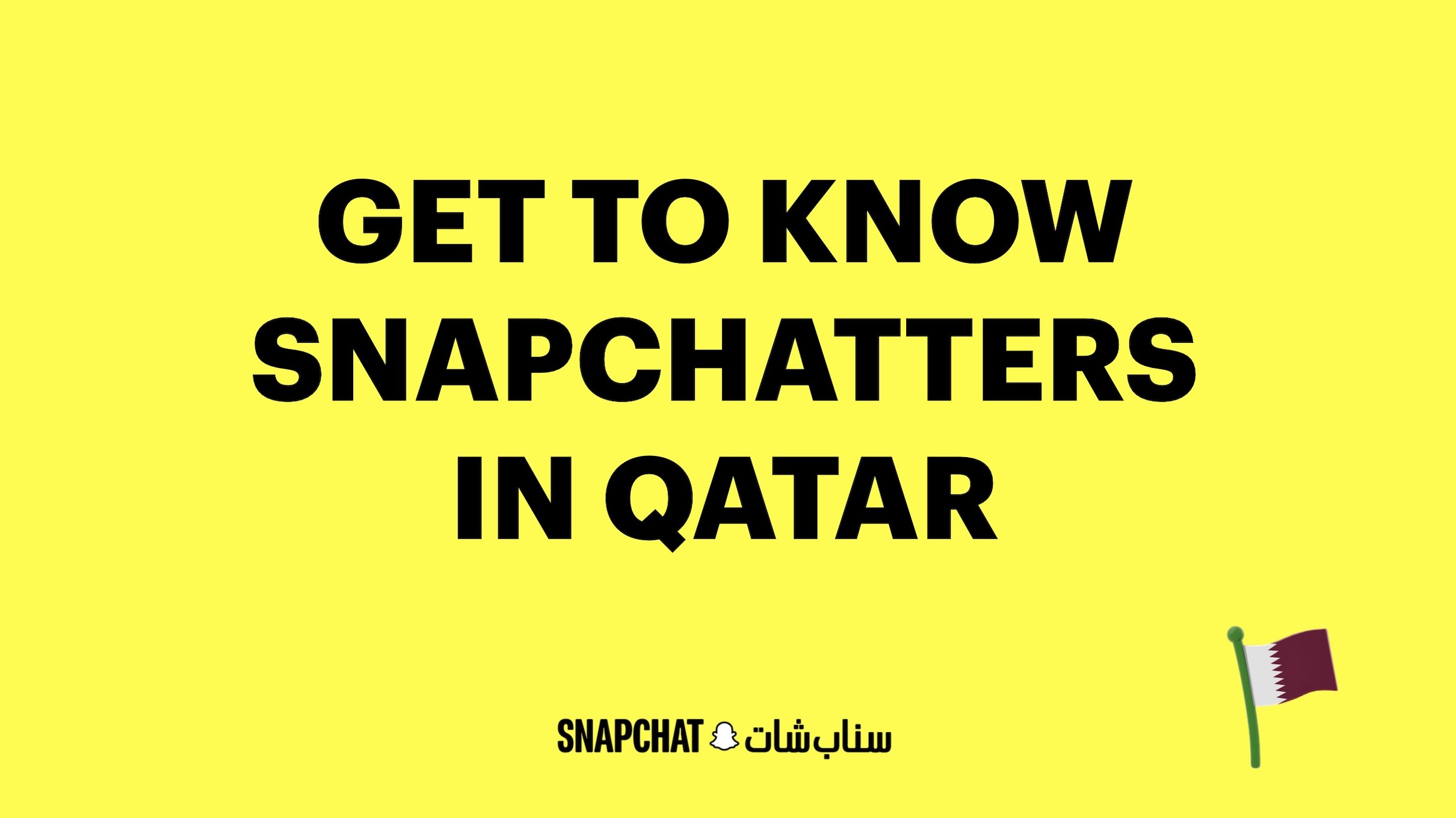News - Digital/Tech
The Battle to Clean Up Digital Advertising
by Iain Akerman
September 26, 2017
.jpg) Advertisement
AdvertisementMurky Waters
All is not well in the world of digital advertising. Deepening concerns over transparency, brand safety, ad fraud and viewability have brought the whole ecosystem into question.
Last year Procter & Gamble cut $200 million from its digital advertising spend, largely due to fraudulent traffic and brand safety concerns, while P&G’s global chief brand officer, Marc Pritchard, has pulled no punches in his criticism of the digital landscape. Describing the media supply chain as ‘murky’, he has called for the industry to clean itself up or continue to lose advertising dollars.
P&G is not alone. Other big spenders have called for the industry to sort itself out, and who can blame them when last March Google suffered the ignominy of issuing an apology to the ad industry after brands found their ads appearing next to controversial content on YouTube. It’s all far removed from the all-conquering belief in digital advertising of only a few years ago.

“Part of the challenge here is due to the proliferation of channels, platforms and processes. We don’t know what is working and what isn’t working online. This has to change if we’re to get a handle on cleaning up the digital advertising ecosystem.”—Alex Malouf, board member with the Advertising Business Group (ABG)
“Businesses that buy advertising services often don’t know how their money is being spent, whether their advertising is being displayed next to content which is not appropriate, or whether their ads are being viewed by a human being at all,” says Alex Malouf, a board member with the Advertising Business Group (ABG), which advocates responsible advertising standards in the MENA region. “Part of the challenge here is due to the proliferation of channels, platforms and processes. We don’t know what is working and what isn’t working online. This has to change if we’re to get a handle on cleaning up the digital advertising ecosystem.”
According to global research, up to 30 per cent of all impressions can be fraudulent when bought programmatically, while nearly half of display impressions are never viewed by consumers. An alarming percentage of ads can also be seen in brand unsafe environments, says Waseem Afzal, general manager of Transact, OMD’s e-commerce arm.
“The ask is very clear,” says Afzal. “Marketers want greater transparency and deeper insight into: 1) how agency and technology partners act on their behalf; 2) how their money is spent in an already very complex digital ad buying atmosphere; 3) whether their advertising is being displayed next to questionable content; and 4) what quality controls are being applied to their advertising to effectively improve the net effect of working dollars on their consumers.”
The Global Media Charter
Knowing that they’re not necessarily going to get what they want individually, brands such as P&G, Unilever and MasterCard are fighting back collectively, most recently with the Global Media Charter, which was published by the World Federation of Advertisers in May.
The charter’s eight principles call for zero tolerance to ad fraud, strict brand safety protection, minimum viewability thresholds, transparency throughout the supply chain, third-party verification and measurement as a minimum requirement, removal of ‘walled garden’ issues, and improved standards with data transparency. Steps must also be taken to improve the consumer experience and to make ads less intrusive and disruptive.
“When you look at the eight principles of the charter, it’s concerning that these are not already in play as standard practice,” says Afzal. “This is where everyone in the ecosystem – from marketers and agencies to publishers and platform and technology companies – have a role to play to regain the trust, credibility and transparency in the industry.
“The crux of the issue is the supply chain and the active participants within it. We need to hold all those stakeholders accountable for their actions and change the way we motivate and incentivise them. Once we are able to identify the good and bad players in the supply chain, we can either reward or penalise them. It won’t be easy as the industry is still at the start of a long and arduous journey, but I’m confident we can build on such a charter and inch towards a more transparent and simplified digital ecosystem.”

“Tech companies must take the lead in building transparency to deliver accountability. We must push for adoption of one viewability standard, embrace greater emphasis on brand safety[…] And it must naturally culminate with clients reframing their success in no clearer terms than ROAS [Return On Advertising Spend] amid all other meaningless metrics.”--Waseem Afzal, general manager of Transact, OMD’s e-commerce arm
For a More Transparent Online Space
Exact figures for digital advertising spend regionally are hard to come by, but Afzal quotes the figure $1.2 billion annually, which hammers home the seriousness of the issue. The question, however, is whether clients can win their struggle to clean up digital advertising.
“One of the reasons our founding members established the Advertising Business Group was because they understood that by working together they’d have more leverage to push for the change that we all want to see in the advertising industry,” says Malouf. “We’re engaging with governments, regulators, and internet companies – some of whom are members of the ABG – as we push for more transparency online. We’re seeing results, but we do realise that this will take time. It is in everyone’s interest to have a more transparent online advertising space, otherwise we’re going to see declining consumer trust, which will result in lower ad revenues being spent online.”
Malouf believes regional brands and regulators should be involved. After all, the Middle East is a large advertising market and Arabic is one of the world’s most widely-spoken languages.
“For me, it starts with the technology companies,” says Afzal. “They must take the lead in building transparency to deliver accountability. We must push for adoption of one viewability standard, embrace greater emphasis on brand safety so ads appear in an appropriate environment, eliminate fraud so humans see advertising, and, more importantly, allow for third-party verification of inventory sources and attribution metrics. And it must naturally culminate with clients reframing their success in no clearer terms than ROAS [Return On Advertising Spend] amid all other meaningless metrics.”
“The role of technology is paramount in earning the trust of the ad industry,” he adds. “The objective is to work together as opposed to working against each other. Ultimately, we must ensure the interest of the key players – advertisers, publishers, agencies and, of course, the consumers – remains intact. Progress has been made, but I hope to see further cooperation as we make the ecosystem stronger and cleaner.”




.jpg)










